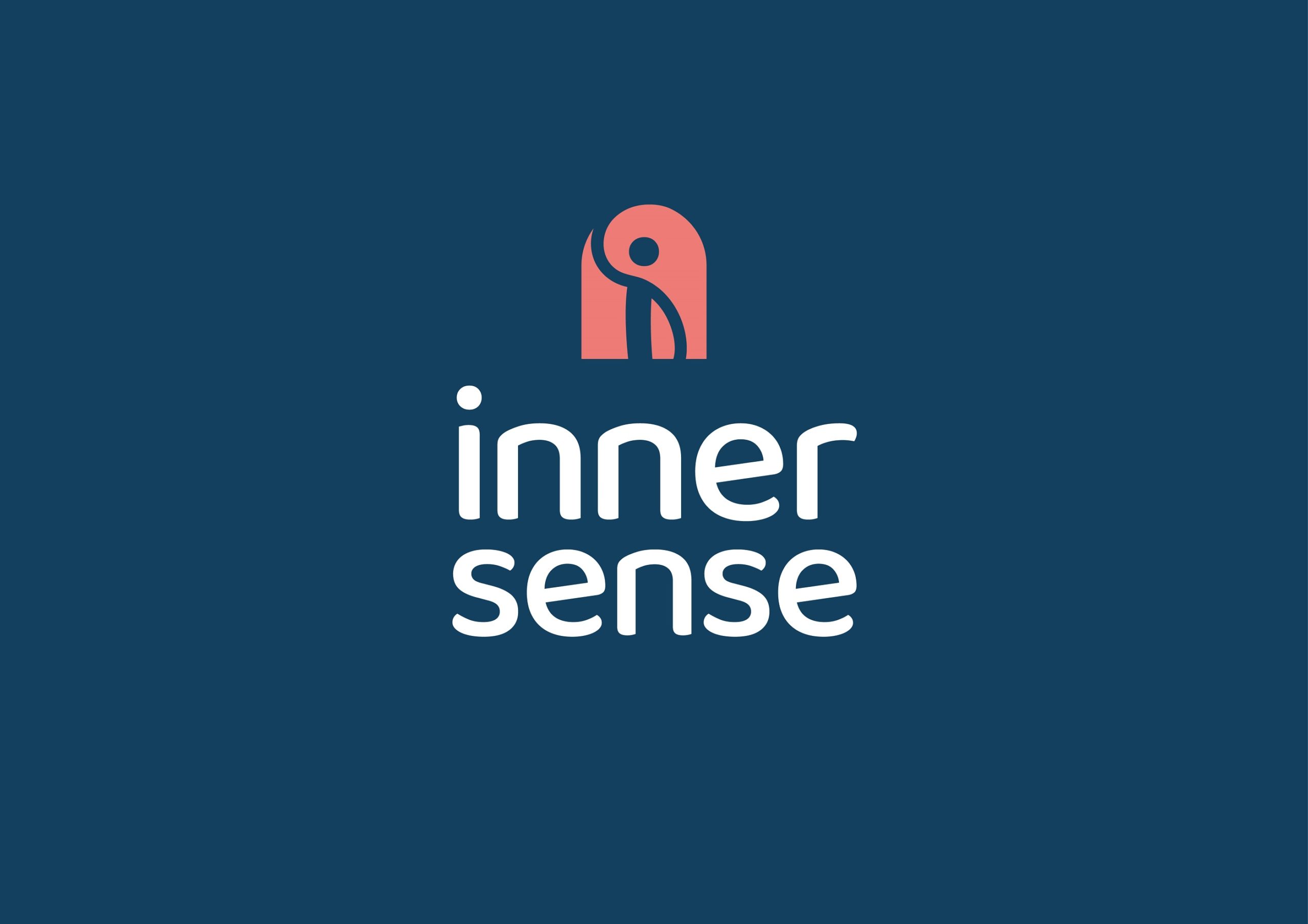Adapted from an article published in Massage World explaining how ‘hands-on’ therapists can use dialogue to improve bodily awareness and prevent future injury.
Every so often, an extraordinary client comes along who embraces everything that therapeutic relationships have to offer. Not only did the 28-year old male in this instance go beyond my own expectations by quickly putting a set of debilitating symptoms into remission, he also went beyond the expectations of medical consultants. He embarked on a journey towards mastering his own physiology. In doing so, he prevented future occurrences of injury and discomfort. Here, I summarise the ‘conversational’ journey we took together that supported his response to hands-on therapy.
Many people are drawn to receiving massage treatments because it supports the unwinding of tension in their body, soothing their immediate discomfort or pain. For some people that is enough. However, the potential to enhance a client’s long-term health is far greater than offering hands-on treatment alone, and some clients are open to getting to the root cause of their issues. Such a ‘journey of communication’ occurred between myself and a client, Caleb, alongside his massage treatment, resulting in him learning to:
- ‘Let go’ of areas of soft tissue that had previously been chronically activated. In other words, deliberately ‘switching off’ clenched body parts.
- Develop a stronger mind-body connection – an appreciation that every thought or perception has an associated change in their physiology and potentially a change in their level of comfort or pain.
- Release or transform bodily responses to past traumatic events.
Many therapists offer clients advice on posture or remedial-type exercises that allows them to move more freely and work towards restoring healthy movement patterns. In recent years, my focus has shifted towards taking my clients one step further: I invite a conversation about fundamental principles that can be embedded in daily life to better regulate their body, in ways that they previously had no conscious control of.
It’s worth noting that not all clients are interested in this type of discussion, and it’s important to respect that they may want to draw the line at massage only. However, for those who are, three attributes are required of the client: Curiosity, Capacity and Confidence. What I refer to as ‘The Three Cs’. Curiosity about how best to stay free of pain and discomfort is what drives them to see a therapist, rather than take more pain killers. Caleb had masses of curiosity. Even before visiting me, he had been actively researching the medical details of his various condition as well as the possibility of using mind-body techniques to improve his overall health. It soon became clear I had an opportunity to support his recovery by nurturing the two other traits: Capacity and Confidence. Capacity came in the form of supplying him new information about how our bodies work. Confidence came in the form of offering him tried and tested techniques to help regulate his body more mindfully.

Case History: Caleb, the plumber
Caleb is a keen weightlifter. He had been suffering from pain and restricted movement in his right arm, shoulder and lower back for several months. He suspected that these were caused by repetitive strain at work and overdoing it at the gym. More recently, his lower back went into spasm and he was unable to leave the house. Following an MRI scan he was diagnosed with L4/L5 bulging discs with a small annular tear. An epidural steroid injection was offered by an NHS consultant, as was the option for undergoing a microdiscectomy to remove part of the herniated disc material. Caleb was already on a waiting list to undergo an arthroscopy procedure to tidy up torn cartilage in the right knee joint. At the point of seeking deep tissue massage therapy he was unable to work and found walking very painful. He was at his wit’s end!
Outcomes
During my initial visual assessment, range of motion testing and palpation it became clear that several parts of Caleb’s body were unnecessarily being ‘held’ rigidly, even at rest, creating a very different type of tension to the lower back protective spasms around the L4/L5 injury. Luckily he was able to let go of most of the holding patterns around his shoulders fairly easily when given simple verbal cues. Like many people, Caleb had never considered the concept of ‘switching off’ parts of his body deliberately. I used the following three principles of communication to help him feel more at ease in letting his body soften:
- Firstly, use non-technical terms – avoid words that would appear to the client as jargon. Instead use analogies, stories and other useful case studies of people recovering.
- Secondly, avoid ‘blaming’ the client – for example, talking in terms of, “It’s common for office workers to brace themselves a lot when under time pressure” – rather than, “You need to manage your stress better”.
- Finally, introduce body-wide concepts – for example, explain how important it is to achieve a balance of opposing forces in our bodies (what therapist often call biotensegrity) rather than only focusing on issues in specific body parts (i.e. lumbar lordosis).
In Caleb’s first session I explained that our bodies are constantly predicting what to do next in order to help us react appropriately to a situation, and gave an example (i.e. right now as you read these words, the muscles around your eyes are predicting how fast they need to move to keep the flow of words just right). Then I explained that sometimes our bodies make an incorrect prediction about how much effort is needed and braces more than is necessary, or forgets to switch off when the work is over. The overall point I was emphasising was about finding balance. A balance between what I often describe as ‘bracing’ and ‘melting’:
• Too little tension (too much melting) – we collapse in our posture.
• Too much tension (too much bracing) – we are straining too hard.
His body began softening quite dramatically as I explained these concepts whilst he was receiving massage. Yet, the real magic happened after the treatment. He used his ‘me time’ to focus on melting parts of his body where tension had built up. Whilst driving his car or waiting in queues at the shops, he focused on relaxing parts of his body that had become wound-up as a result of everyday tasks. He had discovered the ‘melting’ half of the equation. He also used the new knowledge that our body generally finds it easier to relax as we breathe out compared to breathe in. After a few sessions, pains that had become debilitating were gone and he was able to return to work and to the gym despite being advised by consultants that he would need surgery. He also opened up about past traumatic events for which he had been receiving counselling and was able to integrate the body work we were doing into everyday situations that had been proving emotionally challenging.
Integration
Table 1 summarises the treatment plan we followed. It included suggestions for ‘homework’ that would boost confidence in his body’s healing capacity and ability to move more freely again. I often give clients some purposeful bodily movements or mindfulness-based techniques that will help them integrate the information and hands-on work into everyday life. Ultimately, the aim is to recalibrate or reprogramme the way they move through the world, letting old movement patterns fade away and encouraging new movement patterns that are more helpful and do not cause pain.
Table 1 – Treatment Plan
| Session | Verbal offerings: feeding Capacity via new knowledge | Manual therapy: enhancing Curiosity about pain | Invitation to integrate: building Confidencein body mastery |
| 1: Gently soothing the body and reducing anxiety | Introduce the concept of ‘bracing’ and ‘melting’. | Gentle fascial release on lower back plus soft tissue release (STR) around shoulder. | 1. Body scan for tension throughout the day aiming to switch off unwanted tension. 2. ‘The Founder’ exercise of Dr Eric Goodman. |
| 2: Tracking the shifting pain | Explain the regenerative ability of soft tissues under the right conditions. | Side-lying STR on glutes and lower back. Deep tissue massage of shoulder and quads. | 1. Meditation and visualisation. 2. Gentle exercises for increasing mobility in lumbar spine. |
| 3: Releasing long-held tension | Discuss the potential that deeper-seated emotional reactions can stay held in the body. | Deep tissue work on hamstring and glutes. Post Isometric Relaxation (PIR) of hamstrings. | 1. Yoga: pigeon pose. 2. Using the breath with hamstring stretches. |
| 4: Trauma processing | Explain the use of breathing techniques, which include slow belly-led breathing and extending the length of the out-breath to help process trauma. | Deep abdominal, shoulder and neck work alongside breathing (akin to CORE facial release – Noah Karresh). | 1. Suggest reading on trauma release therapy. 2. Invited to be playful with movement and stretching. |
Conclusion
So to summarise, the way our bodies move, and our intentions or feelings, are intimately connected. Many people go for a massage or other type of manual therapy session expecting the therapist to ‘fix’ them. However, if the client is able to learn why their body got into the state that led to their injury, they can achieve so much more. So we can use The Three Cs approach to build awareness of how our bodies move, which can then be used to reduce pain, stress and tension in our whole body. For this, good communication is the key – communicating through touch – but also recognising the vital role of rapport and verbal cues, and offering new information.
Dr Ian Tennant is a double award-winning massage therapist and author of Restoring Balance.



